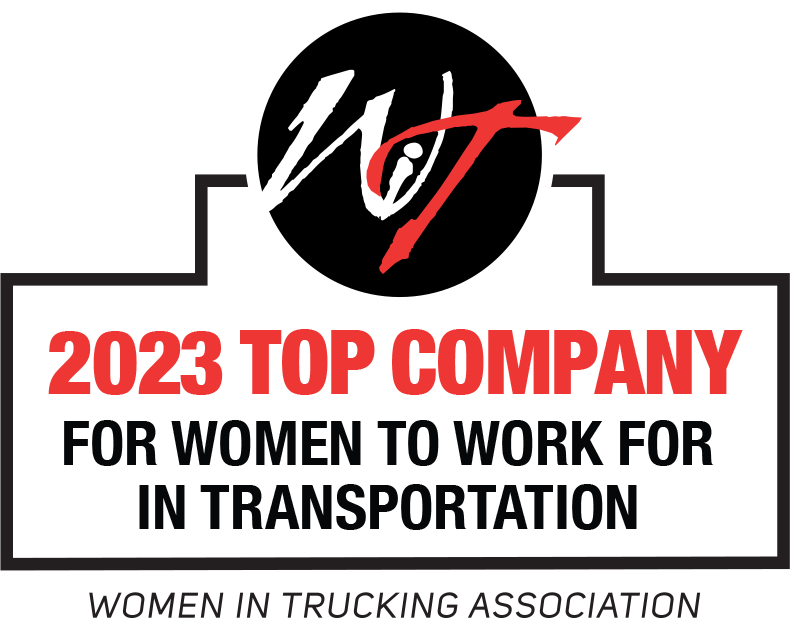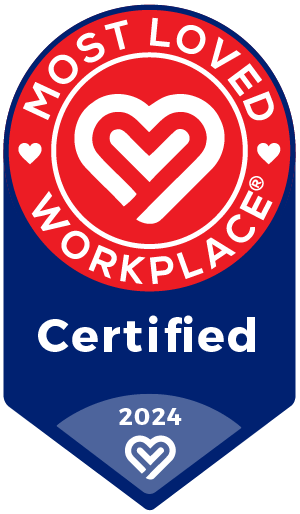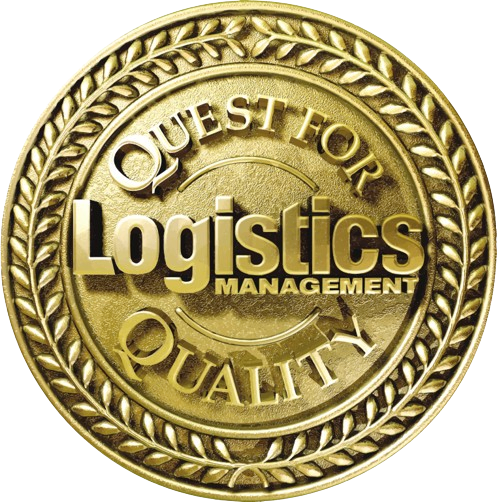Late last month, we wrote a Viewpoint about the possibility of a rail strike only to have it rendered moot before we could get it out to you.
At first, we thought about killing the story altogether. After all, what’s less newsworthy than a major supply chain disruption that didn’t wind up happening?
But then we realized that much of its advice was not only applicable, it was also essential. Even though our industry dodged this particular bullet, chances are there will be another one (or several) in the near future. Now is the ideal time to begin preparing for it.
With that in mind, allow us to share three of the most important lessons we hope every shipper learned from this close call.
Lesson One: When it comes to modal availability, “what if” is always a good question to ask.
During late 2022, the news outlets were full of grim predictions about what would happen if a rail strike occurred – including these:
- “A freight rail shutdown . . . would be devastating. If rail shipments were halted, the loss in economic output would be at least $2 billion per day.” – American Association of Railroads
- “Idling all 7,000 long-distance daily freight trains in the U.S. would require more than 460,000 long-haul trucks every day, which is not possible based on equipment availability and an existing shortage of 80,000 drivers. As such, any rail service disruption will create havoc in the supply chain and fuel inflationary pressures across the board.” – American Trucking Associations (ATA) President and CEO, Chris Spear
We could go on. But you get the idea. Besides, the real question is, what do these predictions have to teach us now that this particular rail strike didn’t come to pass?
The short answer is “plenty” – because those dire assessments probably weren’t wrong.
Any time a supply chain cog is temporarily out of commission, it creates far-reaching ripple effects that are felt long after that cog is up and running again. And a major transportation mode is far more than just a cog. In fact, our healthy supply chain ecosystem depends on having every mode operating as smoothly as possible, because no mode has the capacity to fully absorb all of another mode’s cargo or pick up all of its slack. Plus, many modes like rail and truckload, are engaged in a symbiotic relationship that would suffer greatly if one or the other were to experience an interruption.
In light of that, it’s still vitally important for every company to periodically ask, “What would happen to our supply chain operations if a particular mode failed or was temporarily out of service?”
You probably know the answer to that for rail already because you’ve just been through a major fire drill. But could you say the same for LTL, truckload, parcel, or freight forwarding?
Which brings us to lesson number two.
Lesson Two: Never assume that a modal contingency won’t affect your company just because you don’t use a particular mode.
Throughout the fall, each time a new deadline approached for a rail agreement, our company saw a huge uptick in requests from companies that wanted to shift their intermodal or rail shipments to trucks. And clearly, we weren’t the only 3PL getting such calls.
Because of that, as well as the ATA’s observations cited earlier, our original Viewpoint column advised even shippers who didn’t use rail to consider how they’d make supply chain adjustments if a rail strike occurred: “While you may be one of the fortunate shippers whose freight will never get bumped, there’s no guarantee,” we wrote. “This is especially true if rail shippers of time-sensitive products like chemicals or refrigerated food and beverages are willing to pay much higher rates for priority treatment.”
This “don’t-assume-you’re-immune” recommendation still holds true today, even though it’s now business as usual for our nation’s trains. After all, we all work in a highly interdependent industry. And just like there are supposedly six degrees of separation that connects all of us to film star Kevin Bacon, there are many reasons why any major disruption in our country’s transportation ecosystem could ultimately impact us all in some form or fashion. (For example, even if a disruption doesn’t directly affect you, is there a possibility that it will impact one of your suppliers – or one of THEIR suppliers?)
So don’t assume that you should get a “bye” on planning and preparing for a major modal event just because a particular mode or carrier isn’t in your transportation mix. The transportation lapse you don’t plan for could, indeed, come back to haunt you.
Lesson Three: A near-miss “disaster” is one of the most powerful planning tools for uncertain events around – provided you’re willing to use it.
In an October interview with CNBC, our company CEO alluded to the one silver lining that the many months of back-and-forth negotiations and 11th hour reprieves provided: ample warning – and enough time to plan and prepare for the worst.
“Shippers had a lot of sensitivity to the potential rail strike,” he said. “Prudent shippers already had a plan in place [long] ago and most who did not have now ramped up their contingency planning after the wake-up call in September.”
The almost-strike in December offered all of us a similar wake-up call – and additional impetus to get our emergency planning ducks in a row. It gave many of us an excellent head start on planning for the next major incident, because most of us now have a very updated contingency planning road map in hand.
Which brings us to our final piece of advice.
Over the next few weeks, while the events of last year’s near-rail strike crisis are still fresh in your mind, take some time to sit down with your team and review the highlights and lowlights of how your company addressed it. For example, did your plan adequately anticipate all of the potential trouble spots or were there some surprise vulnerabilities? Were some portions of your plan – like finding additional trucking capacity or switching modes – actually implementable or did you wind up hitting an unexpected brick wall? Which of your 3PLs and consultants were helpful and which weren’t? Use those insights to put an even stronger incident plan in place – and take the time to apply some tools like supply chain simulations to test and refine it.
If you need assistance, feel free to connect with us because these are the kinds of strategic activities that we’ve been helping our 1,800 customers with for more than 40 years and we’d be happy to brainstorm some of the best possible options for you and your company.









